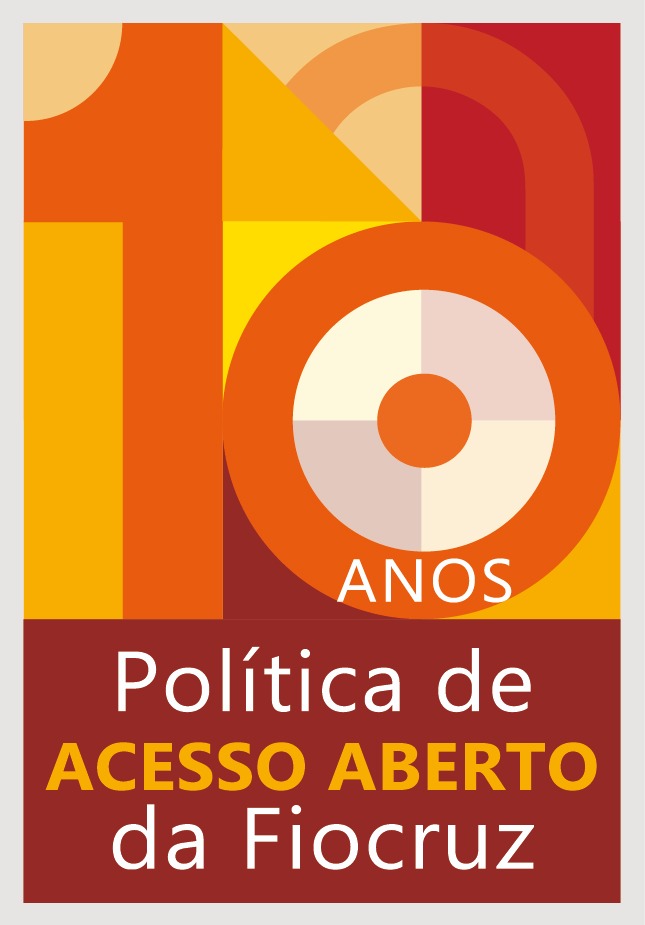Oswaldo Cruz

Son of the doctor Bento Gonçalves Cruz and Amália Taborda de Bulhões Cruz, Oswaldo Cruz was born on 5 August 1872 in the city of São Luís de Paraitinga, São Paulo. He lived there until 1877, when his father was transferred to Rio de Janeiro. He studied at the Laure and São Pedro de Alcântara Colleges and at the Dom Pedro II Day School.
At the age of fifteen, he was admitted to the Rio de Janeiro Faculty of Medicine. Before finishing the course he had already published two articles on microbiology in the Brasil Médico journal. On 24 December 1892, he qualified as a medical doctor, with a thesis entitled “Microbial Transmission in Water”. His interest in microbiology led him to set up a small laboratory in the basement of his house. Nevertheless, the death of his father, in the same year as his graduation, temporarily prevented him from further pursuing his studies. It was only in 1896 that he was able to fulfil his dream and specialize in Bacteriology at the Pasteur Institute in Paris, which at that time brought together great names of science.
On his return from Europe, Oswaldo Cruz found the Port of Santos devastated by a raging epidemic of bubonic plague and he immediately engaged himself in fighting the disease. On 25 May 1900 the Federal Seropathy Institute was set up on the old Manguinhos Estate to produce the anti-plague serum, with the Baron of Pedro Afonso as its director and the young bacteriologist Oswaldo Cruz as its technical director. In 1902, he took over the directorship of the new Institute, which in turn expanded its activities from production of anti-plague serum to include basic applied research and the training of human resources.
In 1903, Oswaldo Cruz was appointed Director-General of Public Health, a role equivalent to that of Minister of Health today. Using the Federal Seropathy Institute as a technical-scientific support base, he initiated historic sanitation campaigns. In a few months, the incidence of bubonic plague fell through the extermination of rats, whose lice transmitted the disease.
When fighting yellow fever during the same period, Oswaldo Cruz faced various problems. A large section of doctors and the population believed that the disease was transmitted through contact with the clothing, sweat, blood and secretions of sufferers. However, Oswaldo Cruz believed in a new theory: the transmitter of yellow fever was the mosquito. He therefore suspended disinfection activities, the traditional way of fighting the disease, and instead put in place sanitation measures with brigades who visited houses, gardens, back yards and streets to eliminate the insects and prevent the persistence of stagnant water, a breeding site for mosquitoes. His actions provoked a violent popular reaction.
In 1904, opposition to Oswaldo Cruz reached its peak. With the return of the outbreaks of smallpox, the sanitarian tried to promote mass vaccination of the population. The newspapers launched a campaign against the measure. The congress protested and the League against Obligatory Vaccination was set up. On November 13th, the popular rebellion broke out and on the 14th of the same month, the Praia Vermelha Military College rose up. The Government defeated the rebellion, but suspended the obligatory nature of the vaccination.
Oswaldo Cruz won the fight in the end. By 1907 yellow fever had been eradicated in Rio de Janeiro. In 1908 an outbreak of smallpox led the population to the vaccination posts. Brazil had finally recognized the value of the sanitarian.
In the international scientific world, however, his prestige was already firmly without question. In 1907, at the XIV International Congress on Hygiene and Demography in Berlin, he received the gold medal for his sanitation work in Rio de Janeiro. Oswaldo Cruz also reformed the Sanitation Code and restructured all of the country’s health and hygiene bodies.
In 1909, he stepped down as Director General of Public Health and began to dedicate himself entirely to the Manguinhos Institute, which was renamed after him. From there he launched important scientific expeditions which made possible the occupation of the interior of the country. He eradicated yellow fever in the state of Pará and carried out the sanitation campaign in the Amazon. He also made possible the completion of the construction of the Madeira-Mamoré Railway, which had been interrupted due to the large number of deaths of the workmen from malaria.
In 1913, he was elected to the Brazilian Academy of Literature. In 1915, for health reasons, he stepped down as Director of the Oswaldo Cruz Institute and moved to Petrópolis. Elected mayor of the city, he planned an ambitious urbanization plan, which he never saw implemented. Suffering from renal failure, he died on 11 February 1917, aged only 44.
On his return from Europe, Oswaldo Cruz found the Port of Santos devastated by a raging epidemic of bubonic plague and he immediately engaged himself in fighting the disease. On 25 May 1900 the Federal Seropathy Institute was set up.
Mais em outros sítios da Fiocruz




